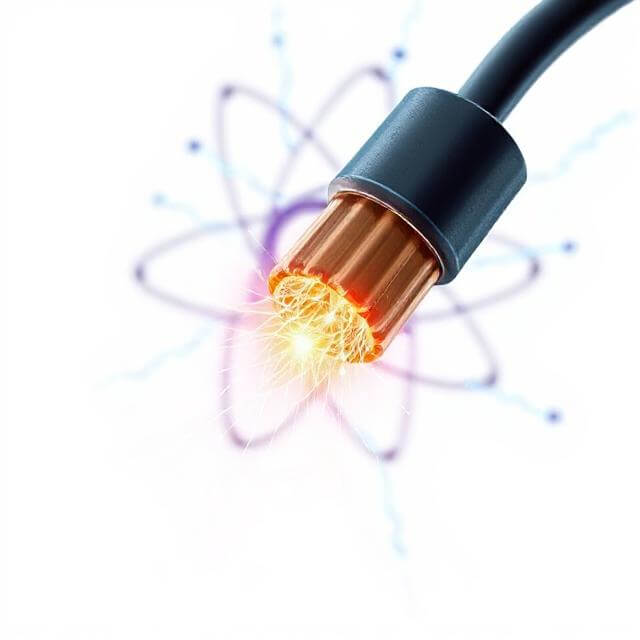How Do Solar Panels Work?
Introduction
Solar energy is one of the most promising renewable energy sources in the world. Solar panels convert sunlight into electricity, helping reduce dependence on fossil fuels and lowering electricity costs. But how do solar panels work? In this comprehensive guide, we’ll explore the science behind solar panels, their components, benefits, and practical applications, along with helpful diagrams for better understanding.

1. The Science Behind Solar Panels
Solar panels work on the principle of the photovoltaic effect, where sunlight is converted into electrical energy. The process involves several key steps:
- Sunlight Hits the Solar Cells – The sun emits photons, which strike the surface of the solar panels.
- Generation of Electron Flow – The photons excite electrons in the solar cells, creating an electric current.
- Conversion to Usable Electricity – The generated electricity is in direct current (DC) form, which is then converted into alternating current (AC) using an inverter.
- Powering Homes and Businesses – The AC electricity is used to run appliances or stored in batteries for later use.
Diagram 1: Basic Working of a Solar Panel
(Illustration showing sunlight hitting a solar panel, exciting electrons, and generating electricity.)
2. Components of a Solar Panel System
A solar panel system consists of several components working together to generate and distribute electricity.
2.1. Solar Panels
- Made up of photovoltaic (PV) cells, usually composed of silicon.
- Available in monocrystalline, polycrystalline, and thin-film varieties.
2.2. Inverter
- Converts DC electricity produced by solar panels into AC electricity that can be used in homes.
2.3. Battery Storage (Optional)
- Stores excess energy for use at night or during cloudy days.
2.4. Charge Controller
- Regulates voltage and current from the solar panels to prevent overcharging of batteries.
2.5. Mounting System
- Supports and holds the solar panels in place, optimizing their angle for maximum sunlight exposure.
Diagram 2: Components of a Solar Panel System
(Illustration showing a solar panel, inverter, battery, and other key components.)
3. How Solar Panels Generate Electricity
- Absorption of Sunlight – The solar panels absorb sunlight, and the photovoltaic cells generate electrical energy.
- Electron Movement Creates a Current – The silicon cells release electrons, producing direct current (DC).
- Inverter Converts DC to AC – The DC is converted into AC to power home appliances.
- Power Distribution – The electricity is distributed to the electrical panel for immediate use or stored in batteries.
- Grid Connection (If Applicable) – Excess electricity can be fed into the power grid, earning credits through net metering.
Diagram 3: Electricity Flow in a Solar Power System
(Illustration showing the flow of electricity from solar panels to an inverter, then to a home, and to the power grid.)
4. Benefits of Using Solar Panels
4.1. Environmentally Friendly
- Reduces carbon emissions and dependence on fossil fuels.
- Helps combat climate change by utilizing a renewable energy source.
4.2. Cost Savings
- Reduces electricity bills by generating free power from the sun.
- Governments often offer incentives and rebates for solar panel installation.
4.3. Renewable & Sustainable
- The sun is an unlimited energy source, ensuring long-term sustainability.
4.4. Energy Independence
- Reduces reliance on external electricity providers.
- Increases energy security, especially in remote areas.
4.5. Low Maintenance
- Requires minimal upkeep, with solar panels lasting 25+ years.
- Occasional cleaning and inverter checks ensure optimal performance.
5. Practical Applications of Solar Energy
5.1. Residential Use
- Powering homes with rooftop solar panels.
- Storing energy in batteries for backup during power outages.
5.2. Commercial & Industrial Use
- Large-scale solar farms generate electricity for businesses.
- Reducing energy costs for factories and office buildings.
5.3. Agricultural Applications
- Solar-powered irrigation systems and water pumps.
- Greenhouses with solar energy to control temperature and lighting.
5.4. Transportation
- Solar-powered vehicles, including cars, buses, and trains.
- Charging stations for electric vehicles powered by solar energy.
5.5. Off-Grid Solutions
- Providing electricity to remote areas with no access to power grids.
- Solar lanterns and microgrids for rural communities.
6. Challenges & Limitations of Solar Panels
6.1. Weather Dependence
- Solar panels require sunlight and may generate less power on cloudy days.
6.2. High Initial Cost
- The upfront installation cost can be expensive, though long-term savings offset it.
6.3. Space Requirements
- Large solar panel installations require adequate roof or land space.
6.4. Energy Storage Challenges
- Battery storage solutions are expensive and have limited storage capacity.
7. Conclusion
Solar panels are a revolutionary way to harness the sun’s energy and convert it into electricity. Understanding how they work, their benefits, and practical applications can help individuals and businesses make informed decisions about adopting solar energy. With ongoing technological advancements, solar power is becoming more efficient, cost-effective, and widely accessible. Embracing solar energy today can lead to a greener and more sustainable future.



